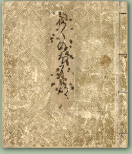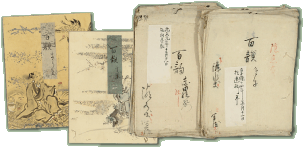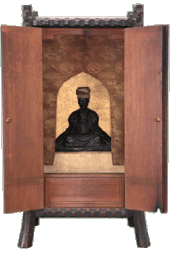
Haikai began as haikai no renga, a kind of renga (linked verse), which included jokes and unrefined expressions, and it became an independent genre at the beginning of the Edo period. The journeys of haikai masters and the publication of their poems and travelogues helped spread haikai from the three biggest cities of early-modern Japan—Edo, Kyoto, and Osaka—to every part of the country. From the middle of the Edo period, haikai became popular among all types of people, from daimyo to merchants and wealthy provincials, and wherever it put down roots, the culture flourished.
Waseda University Library holds a great variety of haikai-related materials, including the Nakamura Shunjo Collection (Bunko no. 18) and the Ijichi Tetsuo Collection (Bunko no. 20). In addition, the Kira Bunko (Bunko no. 31), formerly the collection of the late Professor Kira Sueo (1940-2008), a noted scholar of haikai, greatly enriches Waseda’s collection. We invite you to enjoy the world of haikai created by haikai poets through a variety of materials: books, manuscripts, letters, paintings, tanzaku, and printed materials.    |
